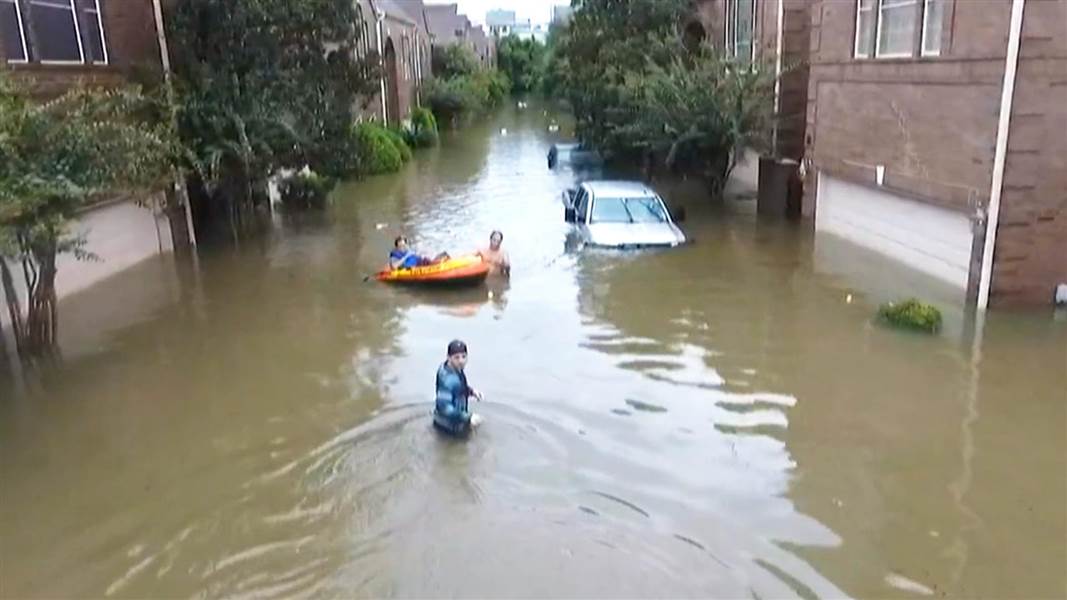We should all be embarrassed. Yes, embarrassed. Why? Because we are not good global citizens. We are the most modern and powerful country in the world. BUT... we are the least responsible country. Like a little kid, we play and we waste but we don't clean up. And that's depressing.
Less than 10% of plastics were recycled in the U.S. in 2015; that compares to 39.1% in Europe and even 22% in the lagging economy of China. So why don't we do better? Well, awareness of the true impact of plastic pollution is one reason. And it is only because China, of all places, stopped taking our trash that has raised the awareness in some locations. As a result, plastic trash is building up in ports and recycling facilities across the U.S.
While 10% of consumed U.S. plastic is recycled and 15% is burned for energy, the remaining 75% goes to landfills which are filling up rapidly. And given the long decomposition time for plastic, landfills are not the answer to a growing problem; this doesn't even speak to the enormous problem plastic creates for wildlife endangerment and risk to our food and water supplies--especially to our oceans. We NEED to do a much better job of recycling our waste and plastic is a huge opportunity to make a difference.
To our credit, however, the U.S. does do a pretty good job of recycling lead acid batteries, aluminum and steel cans and corrugated cardboard. So it can be done. And we should. Even a kid learns as he grows up.....and we need to do the same with respect to recycling plastic.
Here's an interesting article on plastic and a summary of U.S. recycling efforts in 2015. It gives us some hope that people and companies are beginning to think about ways to avoid plastic packaging and products. For example, eliminating straws with drinks and making straws out of decomposing materials like food can have a small but measurable impact on plastic waste.
What can you do?
https://www.greenbiz.com/article/look-opportunity-us-get-serious-about-recycling-home
#sustainability #recycling #plastic #wecandothis #whatcanyoudo? #kickinggas













